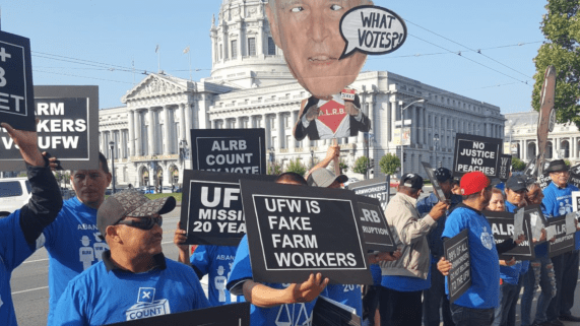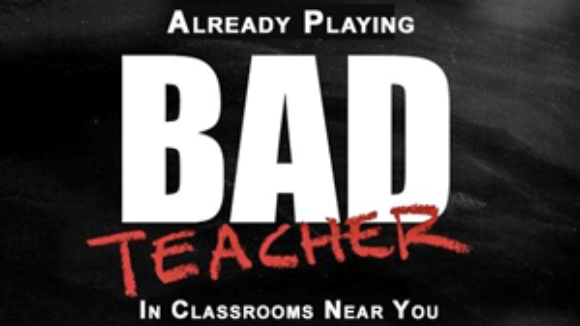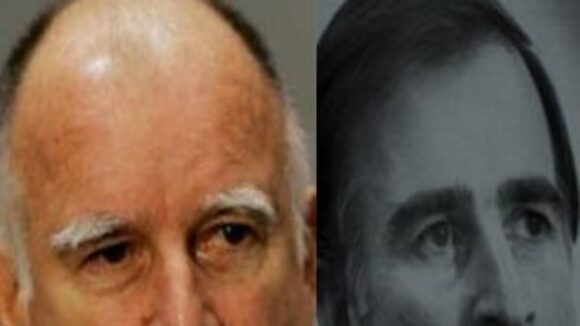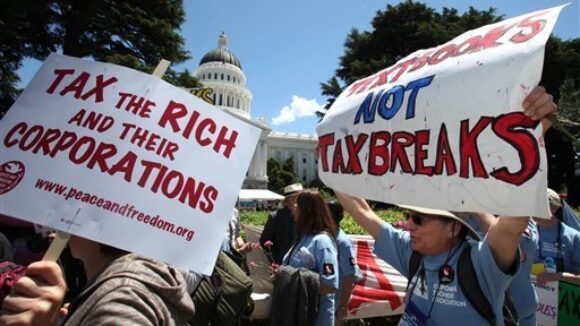California -- Worst Abuser of Union Monopoly Power & Most Abused Taxpayers in America
From mob connections to corruption, many unions could compete for the title of "worst union in America." But to Troy Senik, writing at City Journal, the title goes to the brazen California Teacher's Association:
In 1962, as tensions ran high between school districts and unions across the country, members of the National Education Association gathered in Denver for the organization’s 100th annual convention. Among the speakers was Arthur F. Corey, executive director of the California Teachers Association (CTA). “The strike as a weapon for teachers is inappropriate, unprofessional, illegal, outmoded, and ineffective,” Corey told the crowd. “You can’t go out on an illegal strike one day and expect to go back to your classroom and teach good citizenship the next.”
Fast-forward nearly 50 years to May 2011, when the CTA—now the single most powerful special interest in California—organized a “State of Emergency” week to agitate for higher taxes in one of the most overtaxed states in the nation. A CTA document suggested dozens of ways for teachers to protest, including following state legislators incessantly, attempting to close major transportation arteries, and boycotting companies, such as Microsoft, that backed education reform. The week’s centerpiece was an occupation of the state capitol by hundreds of teachers and student sympathizers from the Cal State University system, who clogged the building’s hallways and refused to leave. Police arrested nearly 100 demonstrators for trespassing, including then–CTA president David Sanchez. The protesting teachers had left their jobs behind, even though their students were undergoing important statewide tests that week. With the passage of 50 years, the CTA’s notions of “good citizenship” had vanished.




